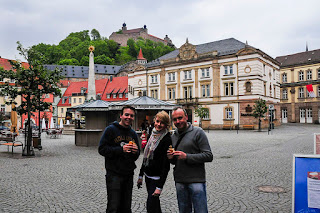Music Of India - Topic
Hi there! I am Aupurbo Kumar Kumar Mohonto. I am here to
share the details about today’s trending topic “MusicOf India”. So let’s start!
 On my recent posts, I wrote many things about India. Today
we will know about the music of India.
On my recent posts, I wrote many things about India. Today
we will know about the music of India.
The history of Indian music also has a long story. This music
was started nearly 30,000 years back at the stone era. When people lived in
caves and produce artwork on the walls of caves. And the cave painting of
Bhinbetka Stone Shelter of Central India shows music instruments and dance. So,
it is now proved that dance and music are almost 30,000 years old in India.
 The tradition of Hindustani music is more practiced than
the Carnatic music tradition. It is more popular because of its lingual
perspective. Hindustani music is also mostly in the Hindi language. And it is the
national language of India. So, you can guess the reason for popularity. Hindustani
music is being practiced from the Vedic times. At that time people sang the
Vedic verses. They only sang these verses. They didn’t chant them. Because of
Islamic influence, a new form of music arises, Carnatic music.
The tradition of Hindustani music is more practiced than
the Carnatic music tradition. It is more popular because of its lingual
perspective. Hindustani music is also mostly in the Hindi language. And it is the
national language of India. So, you can guess the reason for popularity. Hindustani
music is being practiced from the Vedic times. At that time people sang the
Vedic verses. They only sang these verses. They didn’t chant them. Because of
Islamic influence, a new form of music arises, Carnatic music.
Classical is a form of music. The word classical mainly
means old. There are many forms of classical music. Some of them are Thumri,
Dadra, Ghazal, Chaiti, Kajri, Tappa, Natya Sangeet, and Qawwali. These forms of classical
music especially target the emotions of the audience.
Rabindra Sangeet is also known as Tagore Song. These forms
of Hindustani songs were written and composed by the Bengali writer Rabindranath
Tagore.
That’s it for today guys!
Follow me on social media

Comments
Post a Comment